Welding Cable Electrode
Welding cable, also known as electrode cable, refers to a specialized electrical cable designed for the transmission of electric current in welding applications. It serves as the conduit through which the electrical energy is delivered from the welding power source to the welding electrode or welding gun. Welding cables are constructed to withstand the harsh conditions of welding environments, including exposure to heat, abrasion, and oil. Typically, these cables have flexible copper conductors for efficient power transmission and a durable, heat-resistant insulation or jacket to ensure safety and longevity. The term “electrode cable” is often used interchangeably with “welding cable” because the cable connects the welding machine to the electrode, which is the component that carries the electric current necessary for generating the welding arc.
Uses
- Arc Welding: Welding cables are extensively used in arc welding processes, where an electric arc is created between the welding electrode and the workpiece. The welding cable facilitates the flow of electrical current from the welding machine to the electrode, enabling the generation of heat and the formation of a molten weld pool.
- MIG Welding: In Metal Inert Gas (MIG) welding, welding cables connect the power source to the MIG welding gun, allowing the transfer of electric current and the feeding of the welding wire. MIG welding is commonly used for welding various metals, including steel and aluminum.
- TIG Welding: Tungsten Inert Gas (TIG) welding also relies on welding cables to deliver the electric current to the tungsten electrode. TIG welding is known for its precision and is often used for welding thin materials and in applications requiring high-quality welds.
- Stick Welding (SMAW): Shielded Metal Arc Welding (SMAW), commonly known as stick welding, involves the use of a welding electrode with a flux coating. The welding cable connects the welding machine to the electrode holder, allowing for the creation of the arc and the formation of the weld.
- Resistance Welding: Welding cables are utilized in resistance welding processes, such as spot welding and seam welding. In these applications, electrical resistance generates heat at the welding points, facilitating the joining of materials.
- Welding in Construction and Fabrication: Welding cables find widespread use in construction and fabrication industries where metal structures and components are joined together. This includes the construction of buildings, bridges, and various metal products.
- Automotive Repair and Manufacturing: Welding cables play a crucial role in automotive repair and manufacturing, where welding is used for joining metal components, repairing vehicle frames, and fabricating various automotive parts.
- Shipbuilding and Offshore Welding: In the shipbuilding and offshore industries, welding cables are essential for joining metal components to construct ships, offshore platforms, and other marine structures.
- Personal Protective Equipment (PPE):
- Wear appropriate welding PPE, including a welding helmet with a proper filter lens, flame-resistant clothing, welding gloves, and safety boots.
- Use flame-resistant aprons and jackets to protect against sparks, spatter, and radiant heat.
- Eye Protection:
- Always wear a welding helmet with the appropriate shade of lens to protect your eyes from the intense light and UV radiation produced during welding.
- Ventilation:
- Ensure proper ventilation in the welding area to disperse fumes and gases produced during the welding process. Work in well-ventilated spaces or use local exhaust ventilation systems.
- Fire Safety:
- Keep a fire extinguisher nearby and know how to use it. Welding can produce sparks and hot materials that may lead to fires.
- Clear the work area of flammable materials before starting welding operations.
- Inspection of Equipment:
- Regularly inspect welding cables, electrodes, and other equipment for any signs of damage, wear, or deterioration. Replace or repair damaged components promptly.
- Electrical Safety:
- Ensure that the welding machine is properly grounded to prevent electrical shock hazards.
- Do not use damaged or frayed welding cables. Inspect cables for wear and tear regularly.
- Safe Work Environment:
- Keep the work area clean and organized to prevent tripping hazards. Coil and store welding cables properly when not in use.
- Mark and secure the welding area to prevent unauthorized access.
- Training and Qualification:
- Only allow trained and qualified personnel to operate welding equipment.
- Ensure that individuals using welding cables and electrodes are familiar with safety procedures and emergency protocols.
- Avoid Electric Shock:
- Do not touch the electrode or workpiece while the welding machine is on.
- Keep welding cables away from water and moisture to prevent electric shock.
- First Aid:
- Have a first aid kit readily available in the welding area.
- Know the location of emergency exits and evacuation procedures.
- Follow Manufacturer Guidelines:
- Adhere to the manufacturer's guidelines and specifications for the welding equipment and accessories.
- Follow the recommended settings for the welding machine.


 Acrylic Sealants
Acrylic Sealants Construction Adhesives
Construction Adhesives Double-Sided Tape
Double-Sided Tape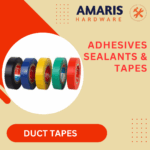 Duct Tape
Duct Tape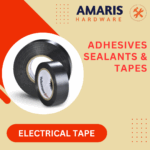 Electrical Tape
Electrical Tape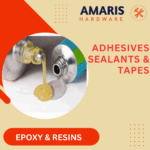 Epoxy & Resins
Epoxy & Resins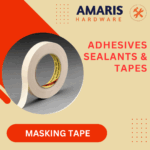 Masking Tape
Masking Tape
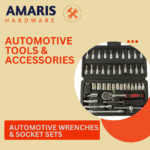 Automotive Wrenches & Socket Sets
Automotive Wrenches & Socket Sets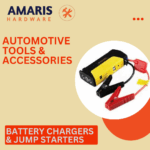 Battery Chargers & Jump Starters
Battery Chargers & Jump Starters Car Jacks & Stands
Car Jacks & Stands Car Wash & Detailing Products
Car Wash & Detailing Products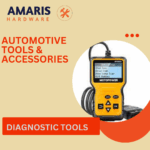 Diagnostic Tools
Diagnostic Tools Tire Inflators
Tire Inflators Vehicle Lighting
Vehicle Lighting Oil & Lubricants
Oil & Lubricants
 Adhesives & Sealants
Adhesives & Sealants Bricks & Blocks
Bricks & Blocks Cement & Concrete
Cement & Concrete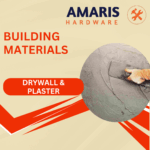 Drywall & Plaster
Drywall & Plaster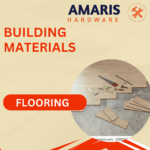 Flooring (Tiles, Wood, Laminate)
Flooring (Tiles, Wood, Laminate) Lumber & Plywood
Lumber & Plywood Paints, Primers & Coatings
Paints, Primers & Coatings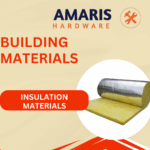 Insulation Materials
Insulation Materials Roofing Materials
Roofing Materials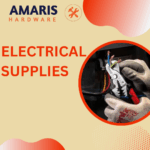
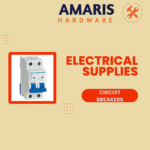 Circuit Breakers
Circuit Breakers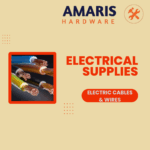 Electrical Cables & Wires
Electrical Cables & Wires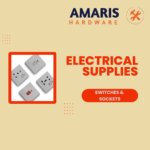 Switches & Sockets
Switches & Sockets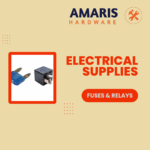 Fuses & Relays
Fuses & Relays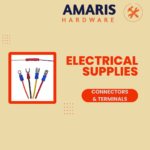 Connectors & Terminals
Connectors & Terminals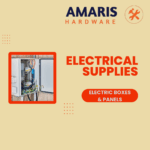 Electrical Boxes & Panels
Electrical Boxes & Panels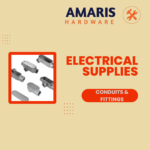 Conduit & Fittings
Conduit & Fittings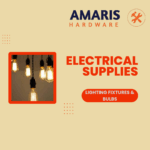 Lighting Fixtures & Bulbs
Lighting Fixtures & Bulbs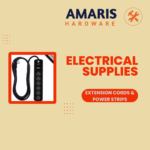 Extension Cords & Power Strips
Extension Cords & Power Strips
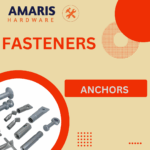 Anchors
Anchors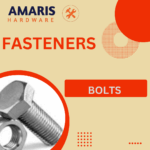 Bolts
Bolts Clips & Clamps
Clips & Clamps Screws
Screws Nuts
Nuts Washers
Washers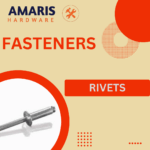 Rivets
Rivets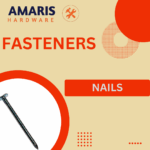 Nails
Nails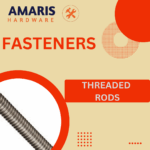 Threaded Rods
Threaded Rods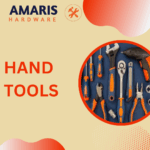
 Hammers
Hammers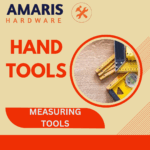 Measuring Tools (Tapes, Levels, Calipers)
Measuring Tools (Tapes, Levels, Calipers) Screwdrivers
Screwdrivers Pliers & Cutters
Pliers & Cutters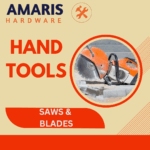 Saws & Blades
Saws & Blades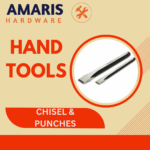 Chisels & Punches
Chisels & Punches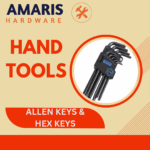 Allen Keys & Hex Keys
Allen Keys & Hex Keys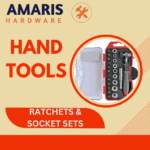 Ratchets & Socket Sets
Ratchets & Socket Sets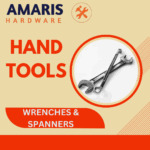 Wrenches & Spanners
Wrenches & Spanners
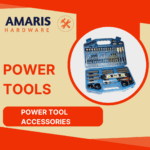 Power Tool Accessories (Blades, Bits, Discs)
Power Tool Accessories (Blades, Bits, Discs)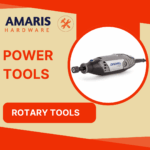 Rotary Tools
Rotary Tools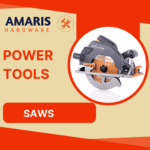 Saws (Circular, Jigsaw, Reciprocating)
Saws (Circular, Jigsaw, Reciprocating)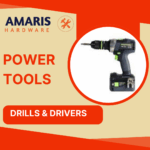 Drills & Drivers
Drills & Drivers Grinders & Sanders
Grinders & Sanders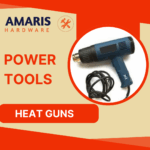 Heat Guns
Heat Guns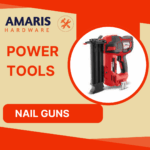 Nail Guns
Nail Guns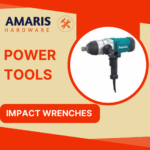 Impact Wrenches
Impact Wrenches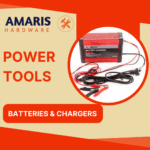 Batteries & Chargers
Batteries & Chargers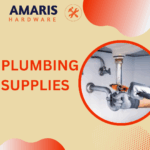
 Pipes & Fittings (PVC, Copper, PEX)
Pipes & Fittings (PVC, Copper, PEX) Plumbing Tools
Plumbing Tools Pumps & Motors
Pumps & Motors Sealants & Adhesives for Plumbing
Sealants & Adhesives for Plumbing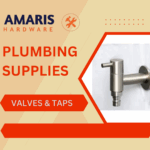 Valves & Taps
Valves & Taps Water Heaters
Water Heaters Drainage Systems
Drainage Systems Faucets & Fixtures
Faucets & Fixtures Hoses & Tubing
Hoses & Tubing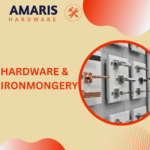
 Hinges & Latches
Hinges & Latches Hooks & Brackets
Hooks & Brackets Window Hardware
Window Hardware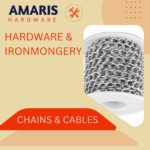 Chains & Cables
Chains & Cables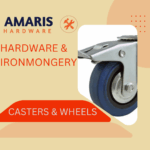 Casters & Wheels
Casters & Wheels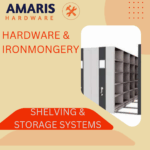 Shelving & Storage Systems
Shelving & Storage Systems Door Handles & Locks
Door Handles & Locks Drawer Slides & Cabinet Hardware
Drawer Slides & Cabinet Hardware
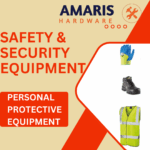 Personal Protective Equipment (PPE)
Personal Protective Equipment (PPE)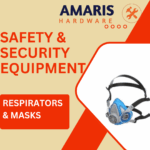 Respirators & Masks
Respirators & Masks Safety Glasses
Safety Glasses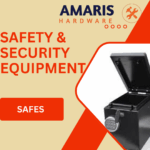 Safes
Safes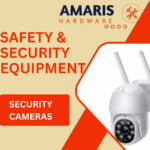 Security Cameras
Security Cameras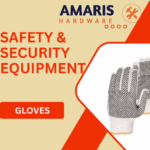 Gloves
Gloves Helmets
Helmets Ear Protection
Ear Protection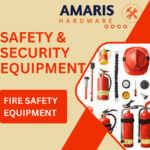 Fire Safety Equipment
Fire Safety Equipment Locks & Padlocks
Locks & Padlocks Motion Sensors & Alarms
Motion Sensors & Alarms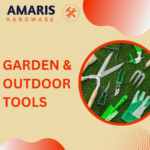
 Garden Fencing
Garden Fencing Garden Furniture Hardware
Garden Furniture Hardware Lawn Mowers
Lawn Mowers Trimmers & Edgers
Trimmers & Edgers Shovels & Spades
Shovels & Spades Rakes & Hoes
Rakes & Hoes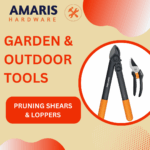 Pruning Shears & Loppers
Pruning Shears & Loppers Watering Systems (Hoses, Sprinklers, Nozzles)
Watering Systems (Hoses, Sprinklers, Nozzles)
 Interior Paints
Interior Paints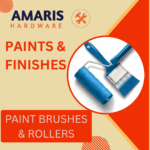 Paint Brushes & Rollers
Paint Brushes & Rollers Paint Strippers & Thinners
Paint Strippers & Thinners Paint Trays & Accessories
Paint Trays & Accessories Exterior Paints
Exterior Paints Spray Paints
Spray Paints Primers & Undercoats
Primers & Undercoats Varnishes & Stains
Varnishes & Stains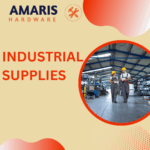
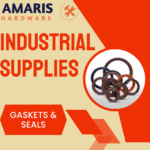 Gaskets & Seals
Gaskets & Seals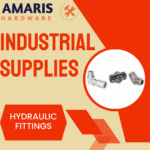 Hydraulic Fittings
Hydraulic Fittings Industrial Fasteners
Industrial Fasteners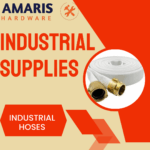 Industrial Hoses
Industrial Hoses Lubricants & Greases
Lubricants & Greases Metal Sheets & Bars
Metal Sheets & Bars Bearings & Bushings
Bearings & Bushings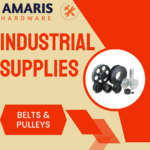 Belts & Pulleys
Belts & Pulleys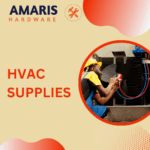
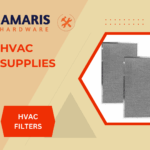 HVAC Filters
HVAC Filters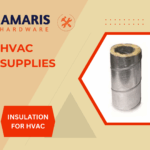 Insulation for HVAC
Insulation for HVAC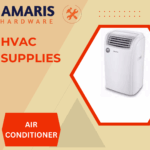 Air Conditioners
Air Conditioners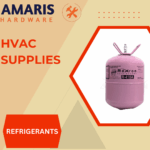 Refrigerants
Refrigerants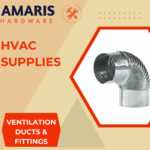 Ventilation Ducts & Fittings
Ventilation Ducts & Fittings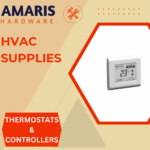 Thermostats & Controllers
Thermostats & Controllers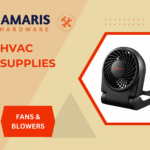 Fans & Blowers
Fans & Blowers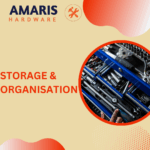
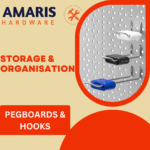 Pegboards & Hooks
Pegboards & Hooks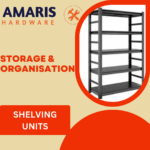 Shelving Units
Shelving Units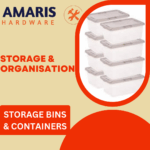 Storage Bins & Containers
Storage Bins & Containers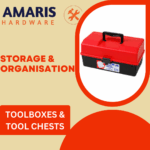 Toolboxes & Tool Chests
Toolboxes & Tool Chests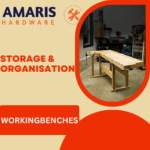 Workbenches
Workbenches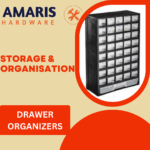 Drawer Organizers
Drawer Organizers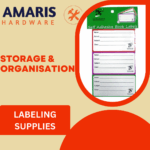 Labeling Supplies
Labeling Supplies
 Welding Accessories (Clamps, Brushes)
Welding Accessories (Clamps, Brushes) Welding Electrodes & Rods
Welding Electrodes & Rods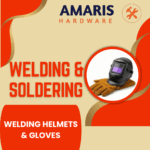 Welding Helmets & Gloves
Welding Helmets & Gloves Welding Machines
Welding Machines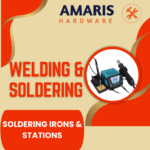 Soldering Irons & Stations
Soldering Irons & Stations Flux & Solder Wire
Flux & Solder Wire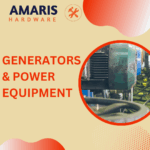
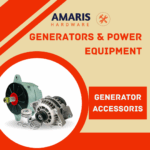 Generator Accessories
Generator Accessories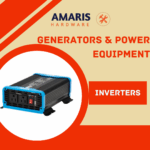 Inverters
Inverters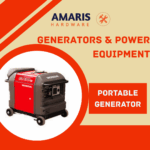 Portable Generators
Portable Generators Power Inverters
Power Inverters Transfer Switches
Transfer Switches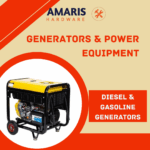 Diesel & Gasoline Generators
Diesel & Gasoline Generators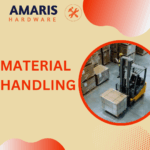
 Transport Equipment: Carts, Dollies, and Hand Trucks
Transport Equipment: Carts, Dollies, and Hand Trucks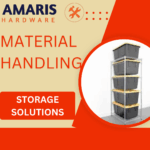 Storage Solutions: Pallets, Racks, and Containers
Storage Solutions: Pallets, Racks, and Containers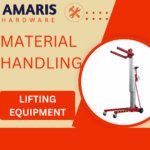 Lifting Equipment: Hoists, Cranes, and Jacks
Lifting Equipment: Hoists, Cranes, and Jacks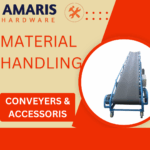 Conveyors and Accessories: Belts and Rollers
Conveyors and Accessories: Belts and Rollers




